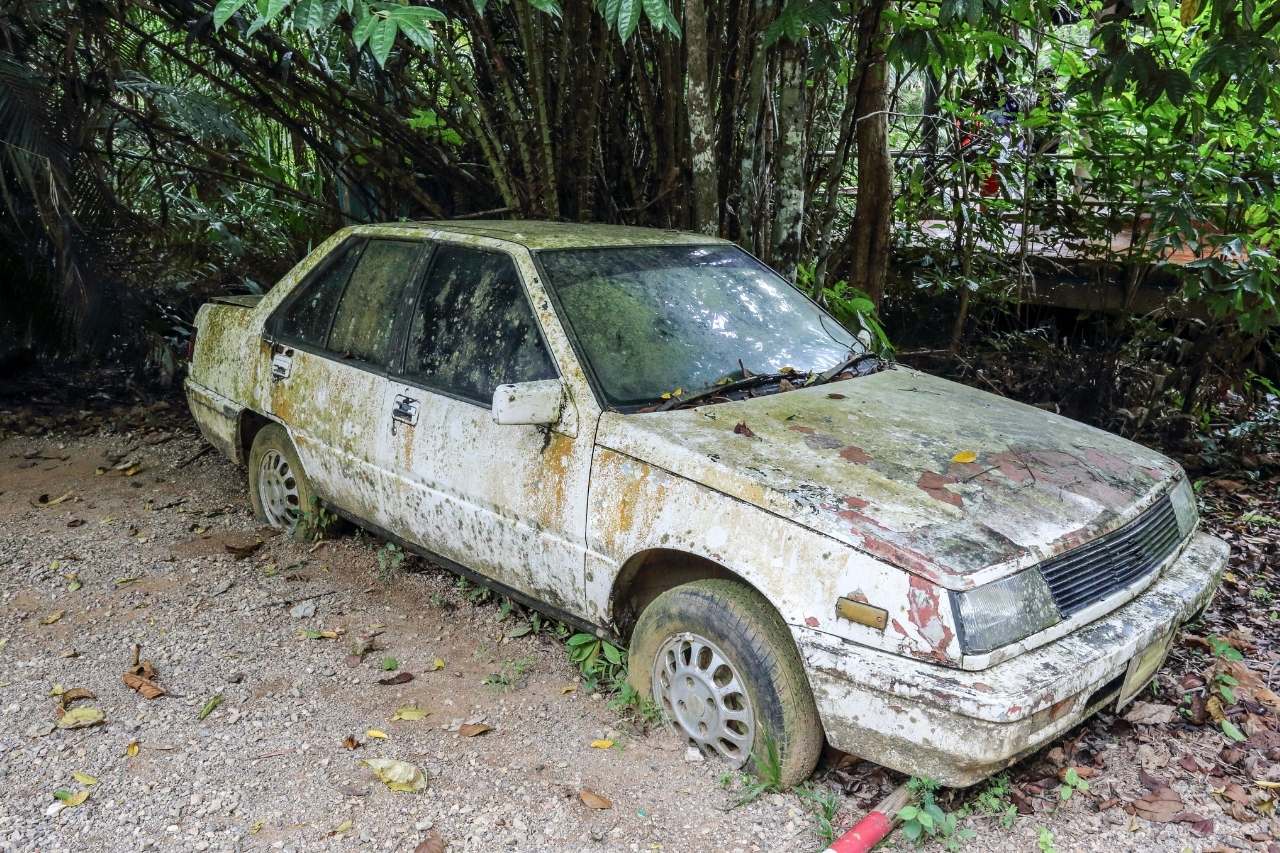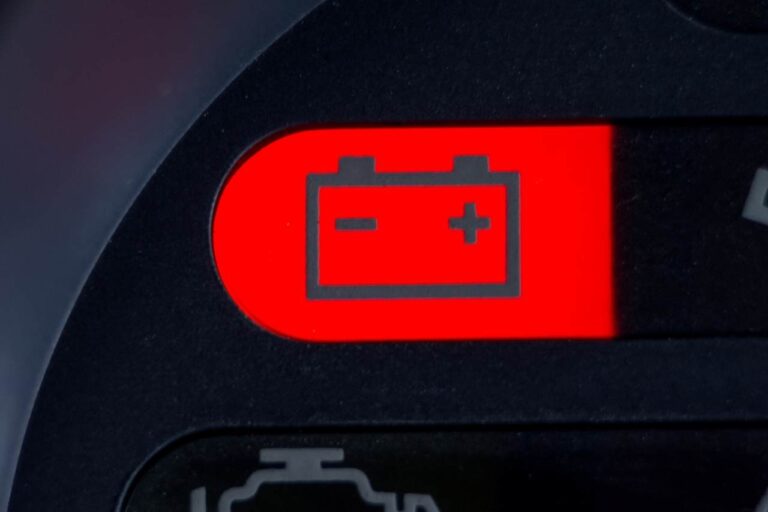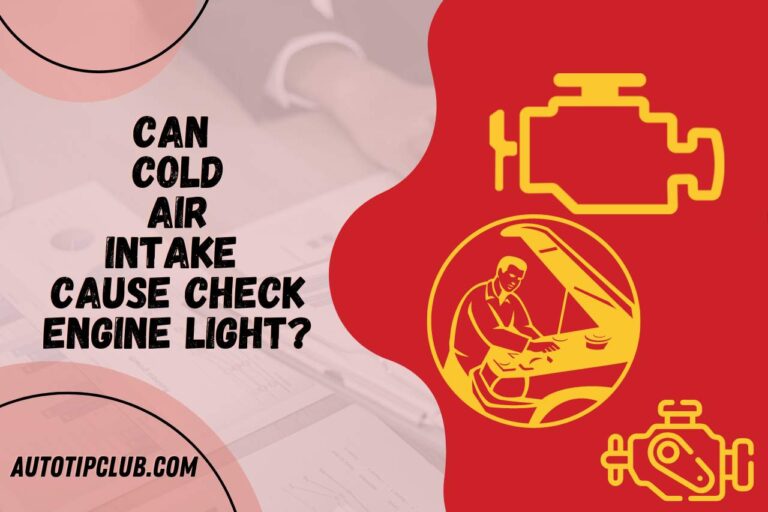How Long Can a Car Sit Without Being Driven?
A vehicle’s Life may be unusual on occasion. And you could discover that your vehicle, which you formerly used to get you from home to the office every day, is now just sitting in storage.Long-term parking may harm your automobile, even if you’re employed from home, abiding by social distance rules, or putting your roadster away for the snow.The outcome? Whenever it’s ready for your subsequent journey, you could have problems starting your vehicle.So, How Long Can a Car Sit Without Being Driven? Let’s Find Out
How Long Can a Car Sit Without Being Driven?
The short response to the question “How long can a car sit without being driven? It is for two weeks. However, that disregards the car’s climate, condition, and general state. The location of where you’ll park your automobile is another factor. Is the car going to be outdoors or staying in a warm garage? When deciding where to leave your automobile for a lengthy period of time, there are numerous things to take into account.
Is it Harmful to not Operate a Vehicle for an Extended Period of Time?
Long periods of time without driving a car are unhealthy. The batteries, as well as other parts, will begin to deteriorate more quickly the further a car is left sitting without being utilized.
You can encounter many technical problems when you get back in your automobile after taking a break from operating it before you can use it securely again.
Will the Environment Take Place in How Long Can a Car Sit Without Being Driven?
The surroundings you keep a car in significantly impact how prolonged it can be parked without being used. For instance, do you want to leave the automobile in the summertime sun’s direct rays? Or will the automobile remain parked outdoors through the chilly winter months? Your favourite automobile suffers from both illnesses but in various ways.
What Happens If you Keep your Car Out in Summer?
Your car’s outside weather strip starts to degrade if it is left in the daylight for an extended amount of time. The weatherstripping finally fails as a result of this drying action. In addition to increasing wind noise while driving, this enables rainwater to leak into the car.
Your vehicle’s paint and headlights don’t function well under the sun’s harmful UV rays. Long-term exposure might cause the vehicle exterior paint clear coat to crack and peel off. Additionally, continuous sun exposure causes the headlamps to be yellow and blurred.
The inside of your vehicle also takes a beating from long-term exposure to the sun’s radiation. The nice leather steering column may start to dry out or perhaps start to break. Even worse, the dashboards can start to bend and break. And adios to the perfume scent emanating in the car
What Happens If you Keep your Car Out in Winter?
The worst season for vehicles is winter time. If left parked for several days or weeks without being driven, it rapidly begins to take an impact! The first casualty of cold temperatures is usually the tyres and the battery—or cells for those EV owners.
Winter temperature differences from day to nighttime may range from roughly -6° Celcius to -1° Celcius. You can notice a 1-4 psi drop in tire pressure when your car is left outside on a chilly night. You could lose sufficient air within a few weeks, and the wheels start to seem flat.
It’s not particularly friendly to the rims of a tire to let a car rest on them, and it’ll probably degrade the wheel’s general construction.
Before letting your automobile rest for an extended amount of time, tire professionals recommend simply a few PSI of overflowing your tires. This will guarantee that the tires maintain sufficient pressure to keep structural integrity regardless of how drastically the temperature varies.
How Long Can a Car Sit without being Driven?
Your stored car’s place and the way you arranged it would affect how extended it takes for your automobile to be harmed by extended storage. However, sooner than you might imagine, you can notice how time affects a car that hasn’t been driven.
Battery
A battery will last from 3 and 5 years if you use your automobile often. However, if your automobile sits idle, the battery will probably die in 2 to 3 months.
This is because, while you drive, the alternator in your automobile constantly charges up the batteries to replace the energy you are using. No charging results in a dead battery if there is no driving.
Tires
Flat spots in the tires might begin to appear when your automobile is stopped for an extended length of time. In essence, the tires acquire a remembrance that keeps them from just being perfectly round. When you run the automobile after it has been stored, this process generates shaking.
After months of parking, flat patches can start to appear, and lower air pressure makes them worse. Frequently, flat areas may be eliminated by driving an automobile for a period after storage. But frequently, the harm may be irreparable, necessitating a fresh pair of rubber.
Fuel
Are you aware that fuel has a shelf life? Fuel deteriorates when not stored in a sealed container due to reactions with air. After around 30 days, this procedure starts. A tank of gas can spoil in as little as 3 to 6 months. Old petrol loses its ability to start a motor and forms sticky coatings and varnish that can harm other parts of the fuel injection system in your automobile.
Rust
Another result of oxidation is rust, which is very reliant on the climate in which your car is parked. Since rust needs water to develop, moist environments frequently result in rusted metal.
Additionally, chemicals, such as the salt used on highways in the winter, hasten the process. In very little than a week, exposed metal should develop layer rust. The rust on your car can get deeper the longer it is exposed to the elements.
Belts and Hoses
Over time, rubber parts may begin to break and dry out. Drivers may forget to check their belts or valves since they are used to changing most car parts depending on mileage. However, if a car is preserved, these parts might only need to be updated every 3 – 5 years.
Conclusion
So we hope you have found an answer to your question ”How long can a car sit without being driven?”. And the answer depends on various factors like climate, where you parked the car, etc. And so, if you have stored your car for a long time, check the tires, batteries, rubber belts and hoses before starting your car.
Expand Your Horizons: More Content You Might Enjoy
- Do Headers Make Your Car Louder? Ways To Make Car Louder
- Does a Muffler Delete Add Horsepower?
- The Truth About Transmission Fluid: Does It Expire?
- Can Cold Air Intake Cause Check Engine Light? You Need To Know



My name is Robot McCullum, and I’m an Automotive Engineer with 20+ years of experience in the automotive field. I’ll give you step-by-step instructions for recognizing and fixing complicated technical problems in an uncomplicated manner. www.AutoTipClub.com, is your best resource for in-depth tutorials, insightful tips, and practical advice designed and developed either for seasoned vehicle collectors or daily drivers.






![ECM vs Variable Speed Motor – [Differences, Cost & More]](https://autotipclub.com/wp-content/uploads/2023/03/how-much-does-it-cost-to-true-a-bike-wheel-14-768x512.jpg)
